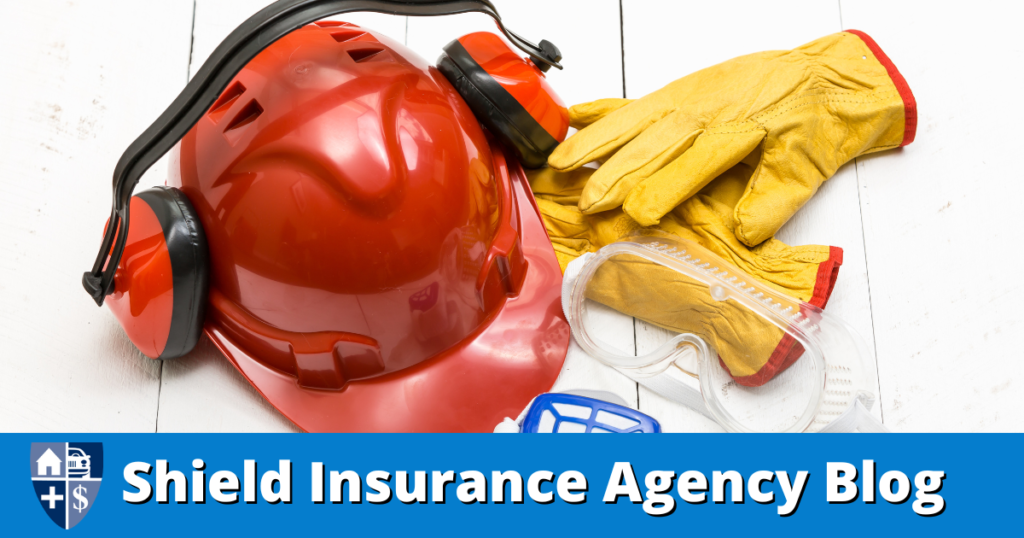Business Insurance.com | Louise Esola | October 20, 2022 | PPE | Business Insurance
A study released Thursday exploring the availability of personal protective equipment ( PPE ) in workplaces found 72% of workers who forgo protocols do so because they “just didn’t want to wear it.”
J.J. Keller Center for Market Insights, the research arm of safety supplies provider J.J. Keller and Associates Inc., surveyed 172 people from more than 10 industries, with transportation, manufacturing and construction making up 70% of respondents. The study examined such gear as vests, hard hats, and protective eyewear.
What is personal protective equipment?
Personal protective equipment, commonly referred to as “PPE”, is equipment worn to minimize exposure to hazards that cause serious workplace injuries and illnesses. These injuries and illnesses may result from contact with chemical, radiological, physical, electrical, mechanical, or other workplace hazards. Personal protective equipment may include items such as gloves, safety glasses and shoes, earplugs or muffs, hard hats, respirators, or coveralls, vests and full body suits.
PPE
A study released Thursday exploring the availability of personal protective equipment in workplaces found 72% of workers who forgo protocols do so because they “just didn’t want to wear it.”
J.J. Keller Center for Market Insights, the research arm of safety supplies provider J.J. Keller and Associates Inc., surveyed 172 people from more than 10 industries, with transportation, manufacturing and construction making up 70% of respondents. The study examined such gear as vests, hard hats, and protective eyewear.
The survey found that 50% of companies said their workers didn’t think the protective gear was necessary, another 50% said the gear “make the job more difficult,” and 21% said workers forgo safety gear because they “didn’t know it was required,” according to results that allowed respondents to provide more than one answer.
The survey also found the top three barriers to providing gear. The first issue is sizing, as 55% of workers needed larger sizes while 41% said they needed a smaller size, and 35% of companies said they struggled to find gear for female workers.
Check out the rest of the story…



















































